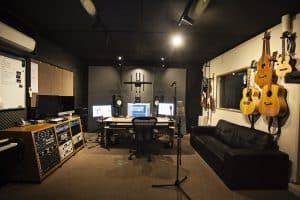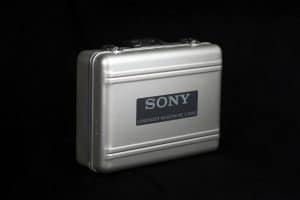Recording Studio Mixing
Recording studio mixing is truly an art form. It differs from person to person. I often get asked for advice on mixing and I’m finding that I’m starting to give a similar answer each time. This is it. It’s short and simple and it’s a great start for people who are just starting to get into recording studio mixing.
Music in Four-Dimensional Space-Time
We need to remember that music exists in the same four-dimensional space-time as everything else. Therefore, when we mix music in the recording studio, we need to take into account these four axes.
Space-Time Continuum and Music
Now, you’re probably wondering why I said four-dimensions and not three. Well, sure, there is the conventional three-dimensional space. In Cartesian coordinates we call the three axes the x-, y- and z-axes. In layman’s terms: width, length and height.
However, in physics we take into account time as being the fourth axis of the space-time continuum. This is the current paradigm in theoretical physics. This applies to mixing in the recording studio perfectly.
We must consider where a signal is placed across the stereo spectrum (let’s call this the y-axis). We must also consider the depth of the signal (the x-axis). We must consider the height of the signal (the z-axis). Finally, we must remain aware that music is wedded to time. Unlike a static piece of visual art, it is constantly changing and moving through time.
So how do we mix to these four axes?
The Y-Axis
When we think about the y-axis, we consider the position of the signal across the stereo spectrum. This is simply where we pan a signal. (Keep in mind that we are limiting this discussion to stereo mixing, and not surround sound mixing).
The X-Axis
The depth of the signal is how close or far away the signal appears to the listener. We can create this sense of depth in a couple of ways. Firstly, by creating a room sounding reverb, or a short-tail reverb, we can place the signal close to us or far away. The less reverb that this signal has the closer it will sound to us. If we place a lot of reverb on the signal it will be pushed away from us and back into the recording studio mix. It will sound like it is at the back of “the room”.
We can achieve this sense of depth another way. When the upper frequencies are lifted on a signal it will be perceived as being closer to us. Conversely, when the upper frequencies are pulled down, the signal will appear to move away from us. It will be deeper in the mix. The opposite is true for raising and lowering the bottom end of a signal. When we raise the bottom frequencies, the signal will feel further away. When we lower these bottom frequencies, the signal we feel closer.
These are the two critical examples of how the signal can be placed along the x-axis and a sense of depth can be achieved within the recording studio mix.
The Z-Axis
When we think about mixing along the z-axis, we need to visualise the low frequencies as being towards the bottom of the axis. Alternatively, we can visualise the upper frequencies as being at the top of the z-axis.
How these Axes Relate
When we think of panning, depth and the audio frequency spectrum, we are thinking about the recording studio mix in three-dimensions. The fourth-dimension, time, comes into play when we remind ourselves that the mix is constantly moving through time.
Therefore, it the relationship between signals is constantly changing. In reality, there is no such thing as a static recording studio mix that will work for everything, all of the time. We choose to make a compromise and find the best possible solution.
Automating the recording studio mix, somewhat, solves this problem. Automation makes it possible to continually adjust parameters to accommodate the ever-changing relationship between signals. Also, think about setting attack and release parameters on your compressors so that they are in time with the tempo of the music.
Separation in Recording Studio Mixing
When we start to integrate multiple signals into a mix, we need to think in four-dimensions in order to maximise separation. It is separation, the core theme throughout recording studio mixing, that allows each element to be heard and not lost.
Thinking about your recording studio mix in this way will give your music a greater sense of dimensionality and clarity. It will sound more professional. All your ideas will be heard and the music will ultimately be enjoyed more by your listeners.
Happy recording studio mixing!




